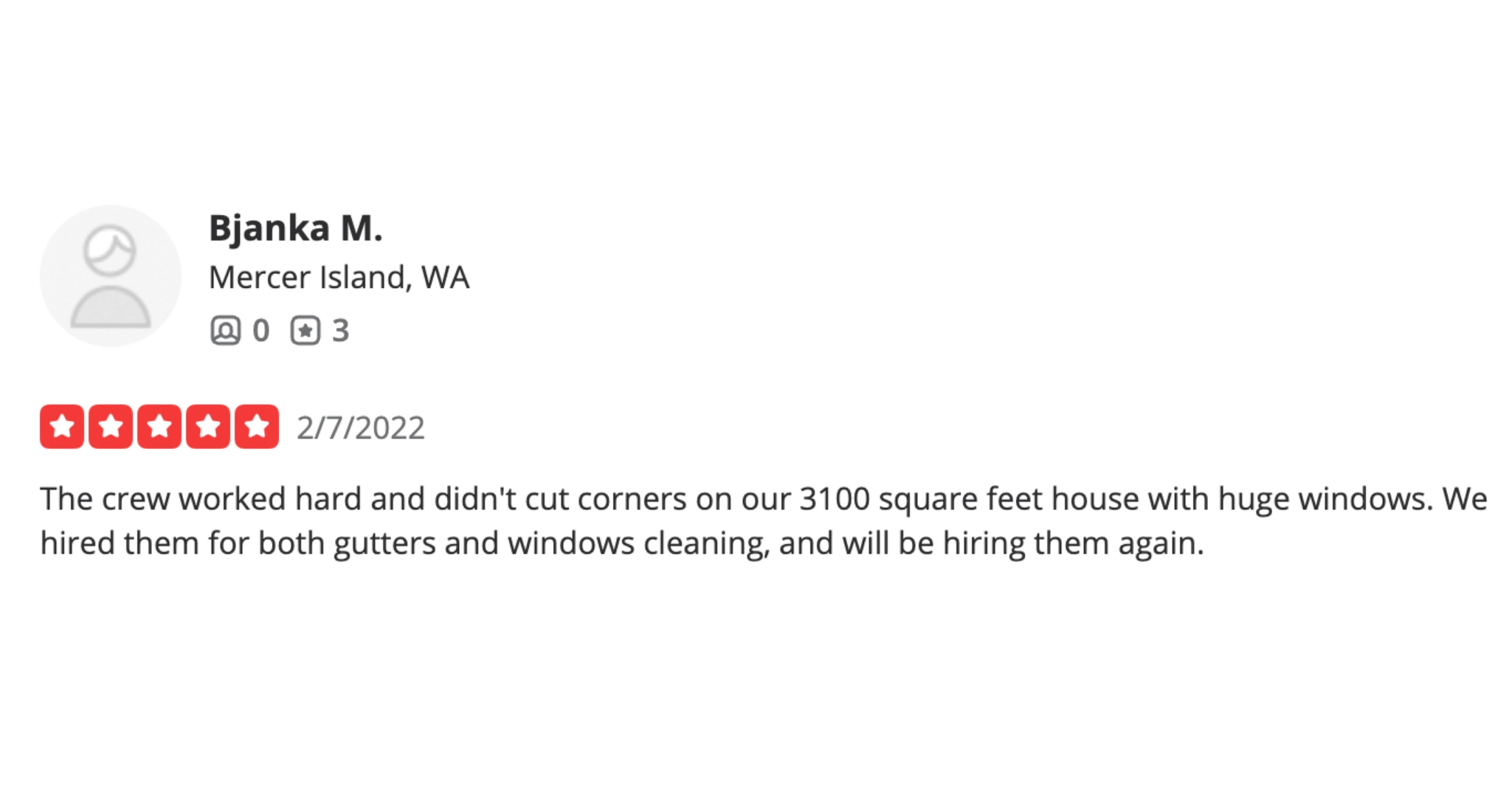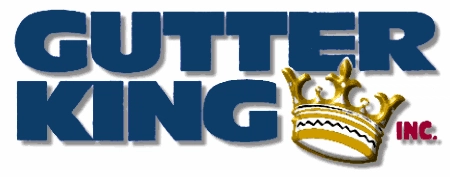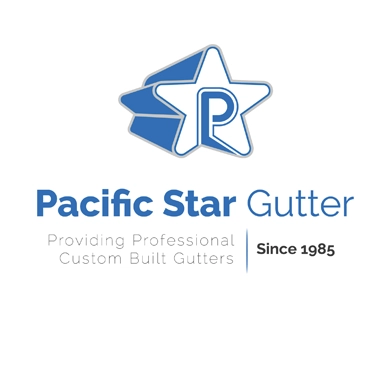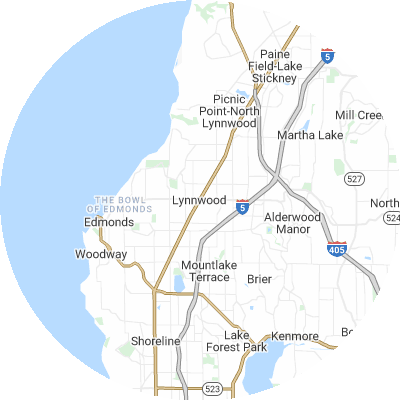Signs You May Need Gutter Guards
Gutter guards aren’t always necessary, but symptoms of overflowing and clogged gutters are clear. Here are some signals of chronic gutter issues:
- Frequent clogs that lead to overflow and water spilling over gutters
- Mold growth, peeling exterior paint, or interior water stains on walls near gutters.
- Leaky seams or joints where water leaks from the gutters
- Visibly saggy, damaged, or misaligned gutters that no longer correctly direct rainwater
- Soggy ground or visible erosion patterns around your house's foundation
How To Choose a Gutter Guard Installer
Assess Their Experience
When picking an installation company, look for one with considerable experience and knowledge about numerous brands and guard types. An experienced company will understand how to take measurements and install gutter guards for your specific needs. Ask about a provider's years of experience and request referrals from local customers.
Verify Proper Licensing and Insurance
Make sure that any businesses you're considering are properly licensed, bonded, and insured, holding both workers compensation and general liability coverage. This protects you from liability for potential injuries and accidents. Ask potential providers for current licensing and insurance papers.
Choose Reputable Brands
Look for installers that provide leading trusted gutter guard brands such as LeafFilter and Gutter Helmet. Steer clear of companies that only offer their own off-brand products or generic no-name guards. These lesser-known products may lack rigorous testing.
Seek Custom Fit Services
For optimal performance, gutter guards need to be sized and cut on-site to match your specific gutter setup. Pick a company that uniquely sizes and cuts guards specifically for your home, rather than using universal guards. Properly fitted guards will leave no gaps for debris to get stuck.
Examine Warranties
High-quality gutter guard companies typically offer 20-year or lifetime warranties that protect against rust, clogs, leaks, and other problems. Before choosing a company, carefully read through the warranty terms for materials and workmanship guarantees. Warranties are the most effective way to protect your gutter investment.
Check Reviews and Referrals
Be sure to check online reviews on sites such as Yelp, Google Reviews, or the Better Business Bureau (BBB) to learn more about customer experiences. You can also ask your neighbors who they would recommend for quality gutter guard businesses in your area. When researching potential providers, we recommend selecting companies with consistently good reviews rather than just one or two reviews.
Types of Gutter Guards
There are six primary gutter guard types. These include the following:
- Brush guards are what they sound like: large brush bristles that sit in your gutters and let water through while blocking debris. Brush guards cost around $4.05 per linear foot.
- Foam guards are large pieces of foam that sit in your gutters to block debris. They're light and easy to install. Foam guards cost roughly $2.46 per linear foot.
- Screen guards have large holes that allow water through while blocking debris. On average, you can expect to spend $4.37 per linear foot for screen guards.
- Mesh guards have smaller holes than screen guards and similarly stop debris while allowing water to flow through. They are durable and help debris slide off rather than sit on your gutters. On average, you can expect to spend $4.12 per linear foot for mesh guards.
- Micro-mesh guards are normally the most effective. They have smaller holes than regular mesh guards and allow even less debris through. Micro-mesh guards cost around $5.19 per linear foot.
- Surface tension guards, sometimes called reverse curve guards, use surface tension to let debris slide off while water flows into the gutter. They can usually be seen from the ground. Surface tension guards cost around $3.21 per linear foot.













